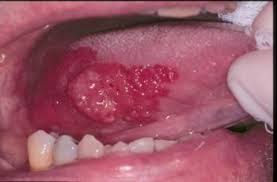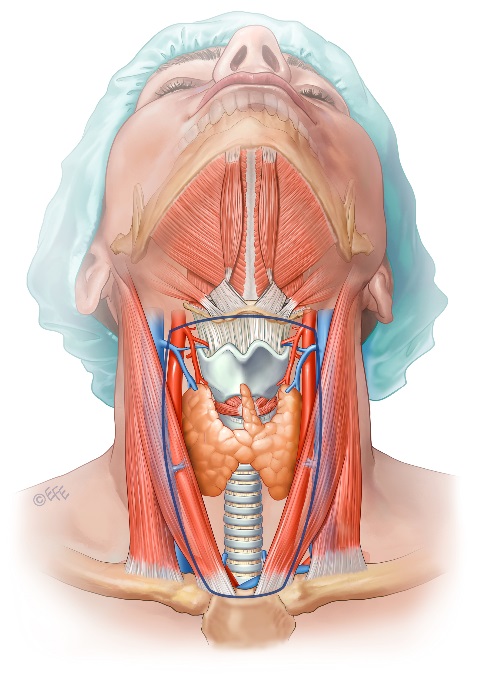


Pawar Hospital Pune is the one of the best & leading all types cancer surgeries hospital in India. We have a dedicated all types cancer surgeries to manage the various cancer surgeries of kids and adults. Our surgeons provides the high level of Medical and Surgical care. We use modern and state-of-the-art equipment and intensive care units.

Cancer surgery removes the tumor and nearby tissue during an operation. A doctor who treats cancer with surgery is called a surgical oncologist. Surgery is the oldest type of cancer treatment. And it is still effective for many types of cancer today.
There are many reasons to have surgery:
You may have surgery in a doctor's office, clinic, surgery center, or hospital. Where you have surgery depends on the type of surgery and how much time you need to heal from it. Inpatient surgery means that you need to stay in the hospital overnight or longer to recover after the surgery. Outpatient surgery means that you do not need to stay overnight in the hospital before or after surgery.
Diagnostic surgery helps to determine whether cells are cancerous. Diagnostic surgery is used to remove a tissue sample for testing and evaluation (in a laboratory by a pathologist). The tissue samples help to confirm a diagnosis, identify the type of cancer, or determine the stage of the cancer.
For most types of cancer, a biopsy is the main way to diagnose cancer. During a surgical biopsy, the surgeon makes a cut, called an incision, into the skin. Then, he or she removes some or all of the suspicious tissue.
There are 2 main types of surgical biopsies:
After a biopsy, a pathologist examines the tissue that was removed under a microscope. A pathologist is a doctor who interprets lab tests. He or she also looks at cells, tissues, and organs to find disease. The pathologist then gives a pathology report to the oncologist. Next, the oncologist looks at the report and diagnoses the tumor.

Staging surgery is used to find out the size of the tumor and if or where the cancer has spread. The doctor often also removes some lymph nodes near the cancer to find out if it has spread. Lymph nodes are tiny, bean-shaped organs that help fight infection.
Your health care team uses the results from this surgery and other tests to guide the treatment options. These tests can also help predict a person’s prognosis, which is the chance of recovery. The cancer's stage may also be included on the pathology report.
Tumor removal, also called curative or primary surgery. Surgery is most commonly used to remove the tumor and some of the nearby healthy tissue. The tissue around the tumor is called the margin.
Tumor removal may be the only treatment. Or it may be used with other treatments, such as chemotherapy or radiation therapy.
For this type of surgery, the surgeon makes large incisions through skin, muscle, and sometimes bone. Sometimes, he or she can use surgical techniques that are less invasive. These techniques may speed recovery and reduce pain after surgery. Learn more about different types of minimally invasive surgery below.
Sometimes, the surgeon cannot remove the entire tumor. Or removing it might cause too much damage to the body. In these cases, surgery is used to remove as much of the tumor as possible. Other treatments, such as radiation therapy or chemotherapy, may be used after surgery to continue treating the cancer. These treatments may also be given before surgery to help shrink the tumor so it can be removed with surgery.
Palliative surgery relieves side effects caused by a tumor. It greatly improves the quality of life for people with advanced cancer or widespread disease. For example, surgery may be used to:

After the main surgery to remove a tumor, people may choose to have another surgery to restore the body's appearance or function. This is called reconstructive or plastic surgery. Reconstructive surgery may be done at the same time as surgery to remove the tumor. Or it may be done after a person has healed or received more treatment. Examples of reconstructive surgery include breast reconstruction after a mastectomy and surgery to restore a person’s appearance and function after head and neck surgery.
Surgery is also done to lower the risk of getting cancer. For example, doctors often suggest the removal of precancerous polyps in the colon to prevent colon cancer. In addition, women with a strong family history of breast or ovarian cancers or known mutations in the BRCA1 and BRCA2 breast and ovarian cancer genes may decide to have a mastectomy or oophorectomy. A mastectomy is the removal of a breast. An oophorectomy is the removal of the ovaries. Having these surgeries lowers the risk of developing breast or ovarian cancer.
Preventive surgery is used to remove tissue that does not contain cancerous cells, but may develop into a malignant tumor. For example, polyps in the colon may be considered precancerous tissue and preventative surgery may be performed to remove them.
Curative surgery removes the cancerous tumor or growth from the body. Surgeons use curative surgery when the cancerous tumor is localized to a specific area of the body. This type of treatment is often considered the primary treatment. However, other types of cancer treatments, such as radiation, may be used before or after the surgery.
Supportive surgery is similar to palliative surgery because it does not work to cure cancer. Instead, it helps other cancer treatments work effectively. An example of supportive surgery is the insertion of a catheter to help with chemotherapy.
Restorative surgery is sometimes used as a follow-up to curative or other surgeries to change or restore a person’s appearance or the function of a body part. For example, women with breast cancer sometimes need breast reconstruction surgery to restore the physical shape of the affected breast(s). Curative surgery for oral cancer can cause a change in the shape and appearance of a person’s mouth. Restorative surgery may be performed to address these effects.
Restorative surgery is sometimes used as a follow-up to curative or other surgeries to change or restore a person’s appearance or the function of a body part. For example, women with breast cancer sometimes need breast reconstruction surgery to restore the physical shape of the affected breast(s). Curative surgery for oral cancer can cause a change in the shape and appearance of a person’s mouth. Restorative surgery may be performed to address these effects.
There are several specialized surgeries used during cancer treatment. The following is a list of some of these surgical treatments:
This surgery technique uses extremely cold temperatures to kill cancer cells. Cryosurgery is used most often with skin cancer and cervical cancer. Depending on whether the tumor is inside or outside the body, liquid nitrogen is placed on the skin or in an instrument called a cryoprobe (which is inserted into the body so that it touches the tumor). Cryosurgery is being evaluated as a surgical treatment for several types of cancers.
This technique uses beams of light energy instead of instruments to remove very small cancers (without damaging surrounding tissue), to shrink or destroy tumors, or to activate drugs to kill cancer cells. Laser surgery is a very precise procedure that can be used to treat areas of the body that are difficult to reach including the skin, cervix, rectum, and larynx.
Skin cancer and oral cancer are sometimes treated with electrosurgery. This technique uses electrical current to kill cancer cells.
Skin cancer and oral cancer are sometimes treated with electrosurgery. This technique uses electrical current to kill cancer cells.